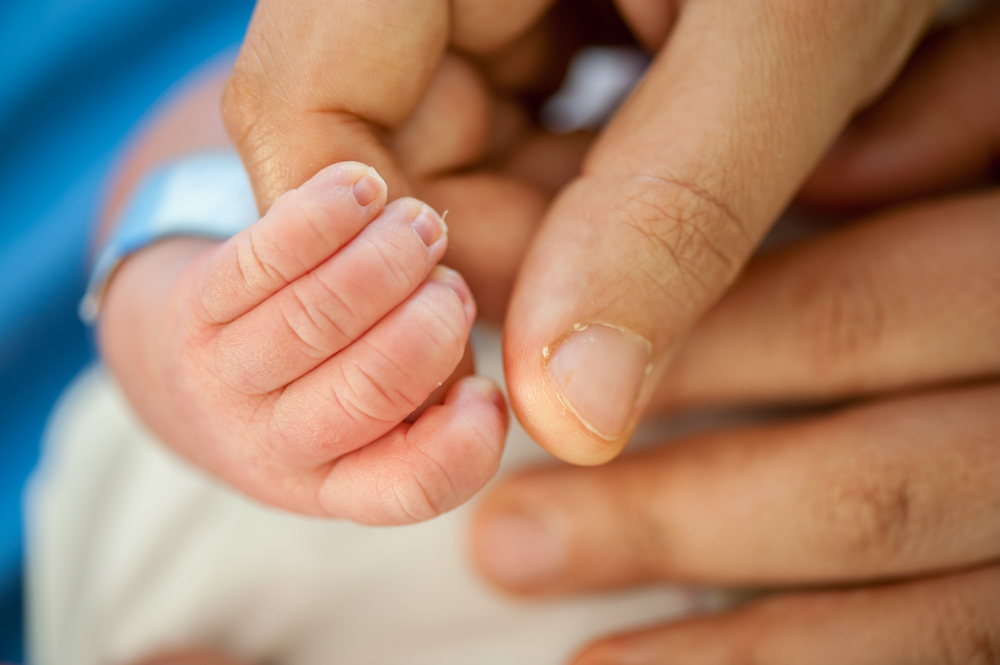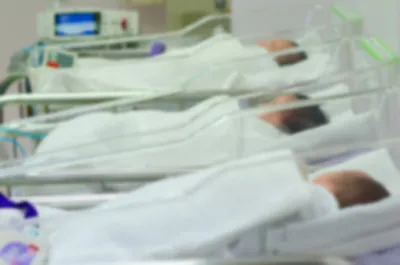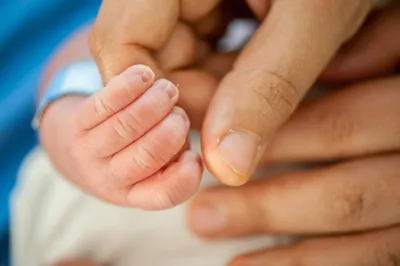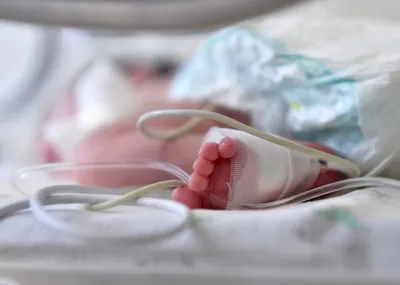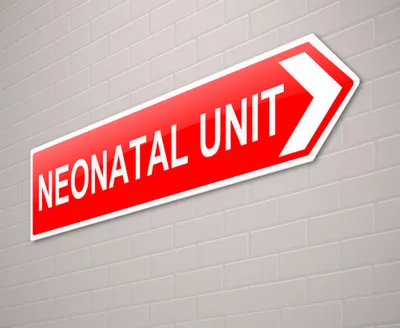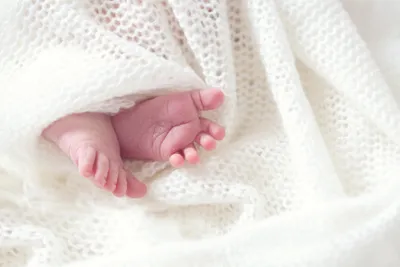It’s what every parent wants: a healthy baby boy or girl. Tragically, for many Americans of new children, that’s not the case. One of the most frightening afflictions affecting newborns is gastroschisis, a condition that involves the baby’s intestinal tract being outside the child’s body at the time of birth. For parents of children with this condition, it can make for a shocking sight. The good news, however, is that it can be treated. The key is knowing your options…
1. What is Gastroschisis?
Put simply, gastroschisis is a birth defect that affects the newborn’s abdominal wall. Most babies with the condition will have their intestines sticking outside of their body, typically through a gap in the body somewhere around the belly button.
Generally speaking, the protruding matter will include only the baby’s intestines, but in some cases it could also include the stomach and liver.
2. When Does Gastroschisis Occur?
Gastroschisis usually appears prior to the baby’s birth, when it’s still in the mother’s womb. It begins to take shape when the muscles comprising the child’s abdominal wall fail to take form in the way they’re supposed to. As time goes on, this allows the intestines and other organs to remain outside the body.
This can be very uncomfortable for the child, before and after birth. With the intestines exposed, the bowels can become irritated, twisted, and swollen. That’s why it’s important to address the matter as soon as the child is born.
3. What Happens Following Birth?
If a child is born with gastroschisis, doctors will immediately begin to plan for surgery, with the goal being to push the protruding organs back inside the body and repair the hole in the abdominal wall.
Once this is complete, there’s a fairly lengthy road to recovery. Children born with gastroschisis can experience significant feeding and digestive issues for weeks or even months after the surgery is performed.
4. How Often Does Gastroschisis Occur?
According to the United States’ Centers for Disease Control and Prevention (CDC), about one in roughly 1,900 babies are born with gastroschisis. The CDC has based these findings on research performed by the Centers for Birth Defects Research and Prevention (which the CDC helps to fund).
The CDC’s findings also stem from the work of major medical projects, including the National Birth Defections Prevention Study, which examined births between 1997 and 2011, and the Birth Defects Study to Evaluate Pregnancy Exposures, which began its work in 2014.
5. Causes of Gastroschisis
Despite years of studying gastroschisis and other, similar birth defects, little is known about it. The CDC believes that some babies develop gastroschisis because of adaptations to their genes or chromosomes, though it’s unclear how those changes may be occurring.
It’s also speculated that gastroschisis is the result of environmental or lifestyle factors affecting the mother. For example, research finds that some cases of gastroschisis could be the result if a pregnant mother drinks alcohol or does dangerous drugs to excess. Some medicines and environmental hazards could also have an effect on the child.
6. Who is Most Likely Affected?
Studies show that some people are more likely to give birth to a child with gastroschisis. This includes very young women, such as women giving birth during their teenage years. Research from the CDC also shows that caucasian (or white) teenagers are more likely to have a child with gastroschisis than black teenagers.
Experts have also found that women who drink alcohol or smoke tobacco to excess are more likely to give birth to a child with gastroschisis. It’s important for women who fall under these groups to talk to their physicians about the threat of gastroschisis.
